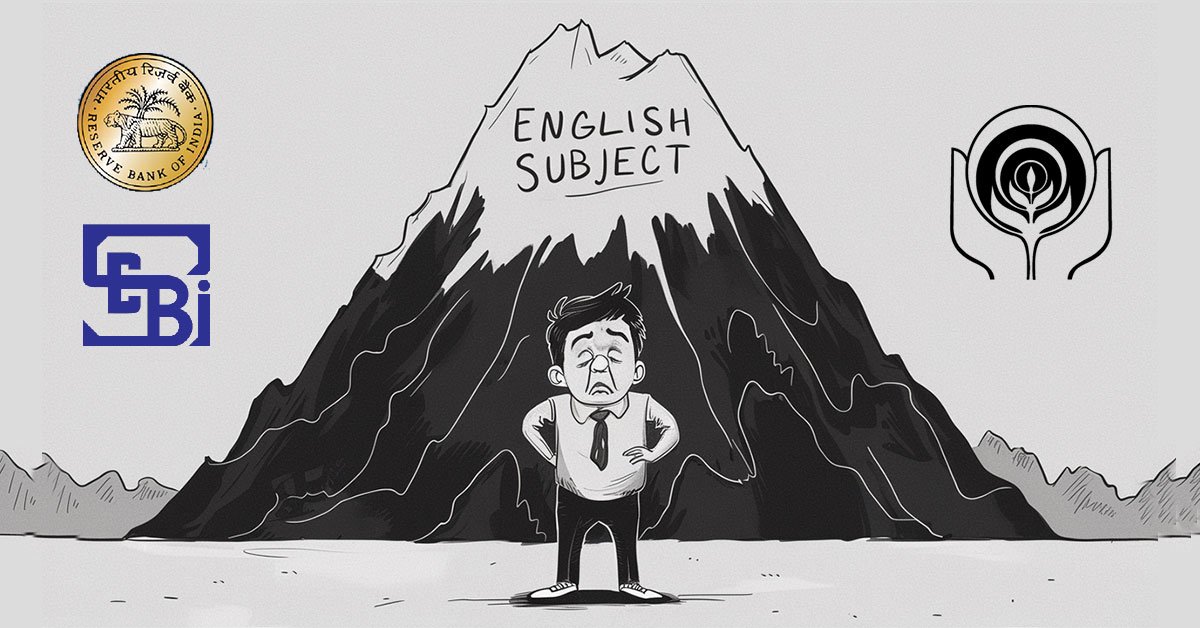Historical Context and Elevation of Partnership
- India was a Sectoral Dialogue Partner of ASEAN in 1992.
- In 1995, the relationship became that of a Dialogue Partner. Consequently, both began to have more frequent interactions up to the Foreign Minister level.
- The relationship further entered Strategic Partnership in 2012 and, in 2018, concentrated on cooperation in the maritime domain.
Economic Powerhouse-Gateway to Southeast Asian Markets
- ASEAN is an important economic bloc for India, providing an access to the market of over 650 million people with a collective GDP of USD 3.2 trillion.
- India is among the topmost trade partners of ASEAN accounting for 11% of India’s global trade.
Strategic Counterbalance:
- ASEAN is a very important strategic partner for India at a time of increasing tensions in the international political landscape, particularly with China.
- ASEAN provides an avenue for India to exercise its role as a net provider of security in the region through participation in summits like the East Asia Summit and ASEAN Regional Forum.
Connectivity Catalyst
- ASEAN plays a significant role in the Indian vision for enhanced regional connectivity.
- The India-Myanmar-Thailand Trilateral Highway and the Kaladan Multi-Modal Transit Transport Project are examples of India’s efforts to integrate physically with Southeast Asia.
Cultural Confluence
- The historical and cultural bonds between India and Southeast Asia are deep-rooted and provide a unique foundation for soft power diplomacy.
- The establishment of the ASEAN-India Network of Universities in 2022 further strengthens academic and cultural exchanges.
Technological Synergy
- ASEAN’s fast digitalizing economies offer tremendous opportunities for India’s IT sector and start-up ecosystem.
- ASEAN-India Science and Technology Development Fund facilitates joint research in cutting-edge areas.
Maritime Security Cooperation
- ASEAN is an important partner in India’s maritime security strategy, especially in the context of the Indo-Pacific region.
Energy Security and Sustainability
- ASEAN’s energy-rich members open up opportunities for India to diversify its sources of energy, which is crucial for its fast-growing economy.
Important Issues of India-ASEAN Relations
- Trade Imbalance
- India’s trade deficit with ASEAN has witnessed a sharp growth, more than doubling since FTA was enforced in 2010.
- Infrastructure Connectivity
- Even though India and ASEAN have strengthened their digital and cultural connectivity, physical infrastructure connectivity is still developing.
- Geopolitical Balancing
- India’s attempts to become a counterbalance to China have received mixed responses from ASEAN countries.
- Regulatory Hurdles
- Non-tariff barriers to trade and investment exist between India and ASEAN countries in the form of differences in regulatory standards and procedures.
India-ASEAN Trade Inequality and Measures to Improve Relations
Major Issues
- Manufacturing Competitiveness
- The productivity levels of Vietnam and Thailand are higher than that of India, which affects exports and imports.
- The imbalance in trade arising from India’s involvement in the ASEAN-centric regional value chains is increased.
- Services Trade Restrictions
- Language among other factors impede India to balance the trade deficit in the goods sector.
- Rules of Origin Abuse
- Weak rules of origin in AIFTA create an opportunity for non-ASEAN countries such as China, to route its exports to India through ASEAN, thereby augmenting the deficit.
Steps toward Strengthening Relations
- Rebalancing the ASEAN-India Free Trade Agreement
- India should also seek a critical review and rebalancing of AIFTA for redressing this trade imbalance.
- Infrastructure Connectivity
- India has to speed up the completion of the key connectivity projects such as the India-Myanmar-Thailand Trilateral Highway and must extend it to the rest of its neighbors, Cambodia, Laos, and Vietnam.
- Manufacturing Competitiveness
- It should focus sector-specific interventions in addition to joining manufacturing initiatives undertaken with ASEAN countries.
- Enhancing Energy Cooperation
- India should propose a comprehensive “ASEAN-India Energy Partnership” focusing on energy security, clean energy transition, and technology cooperation.
- Enhancing Strategic and Defense Cooperation
- India should deepen its strategic engagement with ASEAN, particularly in maritime security.
- Aligning on Climate Change and Sustainability
- India should propose an “ASEAN-India Green Partnership” focusing on climate change mitigation, renewable energy, and sustainable development.
UPSC Civil Services Examination, Previous Year Questions (PYQs)
Prelims
Q1. India is a member of which among the following? (2015)
- Asia-Pacific Economic Cooperation
- Association of South-East Asian Nations
- East Asia Summit
Select the correct answer using the code given below:
(a) 1 and 2 only
(b) 3 only
(c) 1, 2 and 3
(d) India is a member of none of them
Ans: (b)
Q2. Consider the following countries: (2018)
- Australia
- Canada
- China
- India
- Japan
- USA
Which of the above are among the ‘free-trade partners’ of ASEAN?
(a) 1, 2, 4 and 5
(b) 3, 4, 5 and 6
(c) 1, 3, 4 and 5
(d) 2, 3, 4 and 6
Ans: (c)
Q3. The term ‘Regional Comprehensive Economic Partnership’ often appears in the news in the context of the affairs of a group of countries known as (2016)
(a) G20
(b) ASEAN
(c) SCO
(d) SAARC
Ans: (b)
Q4. In the Mekong-Ganga Cooperation, an initiative of six countries, which of the following is/are not a participant/ participants? (2015)
- Bangladesh
- Cambodia
- China
- Myanmar
- Thailand
Select the correct answer using the code given below:
(a) 1 only
(b) 2, 3 and 4
(c) 1 and 3
(d) 1, 2 and 5
Ans: (c)
Mains
Q. Evaluate the economic and strategic dimensions of India’s Look East Policy in the context of the post-Cold War international scenario. (201















